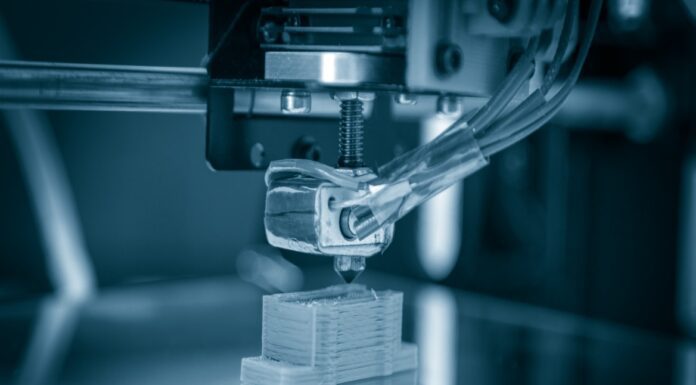
The Australian Government has allocated $50 million towards the development and commercialisation of what it claims to be the world’s most advanced artificial heart.
This breakthrough technology has the potential to significantly reduce deaths from heart failure globally and inject $1.8 billion into Australia’s economy and society, the government said in a media release.
This substantial funding, the third-largest grant in the near decade-long history of the Medical Research Future Fund (MRFF), will fuel the Artificial Heart Frontiers Program.
This collaborative initiative brings together five leading universities, three clinical partners, and an Australian-grown company to pioneer three transformative cardiac technologies collectively known as the Total Artificial Heart.
Data revealed that heart failure affects over 23 million people worldwide annually, with a stark disparity between the number in need of heart transplants and available donor organs.
In Australia alone, nearly half a million individuals grapple with heart failure, with tens of thousands diagnosed and hospitalised for the condition each year.
While approximately 100 patients undergo heart transplants annually, many more are left without viable treatment options.
Unlike previous iterations, the Total Artificial Heart leverages cutting-edge magnetic levitation technology, promising durability exceeding 10 years, suitability for paediatric patients, and ample power for adult recipients.
Minister for Health and Aged Care Mark Butler highlighted the multifaceted significance of the initiative, stating, “As well as the obvious health benefits, this is an incredible story of Australian ingenuity and sovereign manufacturing, with collaboration across universities, clinical hospitals, and industry to develop the world’s most advanced artificial heart.”
Furthermore, he noted that the $50 million provided by the Australian Government marked a significant milestone, making it the third-largest grant in the nearly ten-year history of the Medical Research Future Fund.
Minister Butler pointed out the transformative potential of the project, stating, “This will give hope to the half a million Australians who suffer from heart failure.”
“The Australian technology has the potential to halve deaths from heart failure, create thousands of jobs, and contribute $1.8 billion to Australia and Australian society,” he concluded.
Over the next 15 years, this ambitious project is projected to yield substantial returns for Australia, including significant savings within the healthcare system, expansion in research and manufacturing sectors, creation of over 2,000 jobs, and expedited access for Australian patients to clinical trials and emerging life-saving technologies.
Led by Monash University, the consortium spearheading this groundbreaking initiative includes esteemed industry partner BiVACOR and a network of university and clinical partners such as the University of Sydney, University of New South Wales, Griffith University, University of Queensland, The Alfred, Baker Heart & Diabetes Institute, and St Vincent’s Health Australia.




















